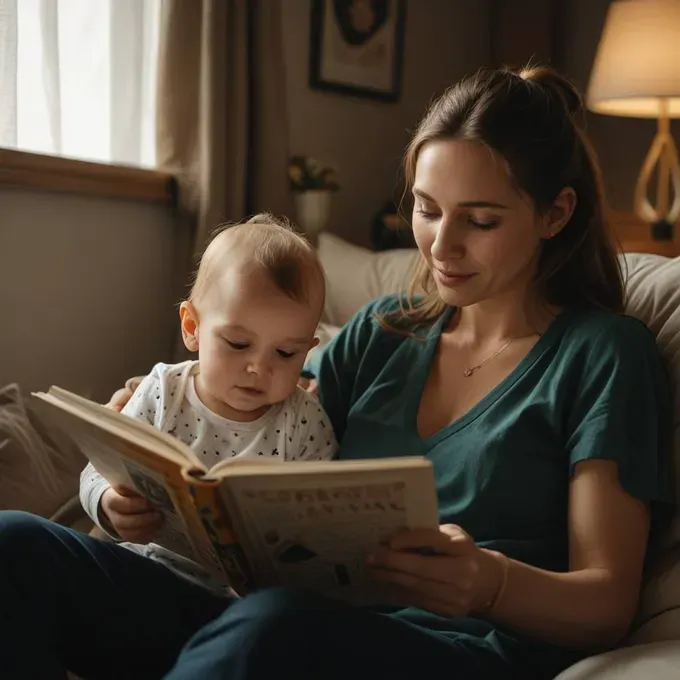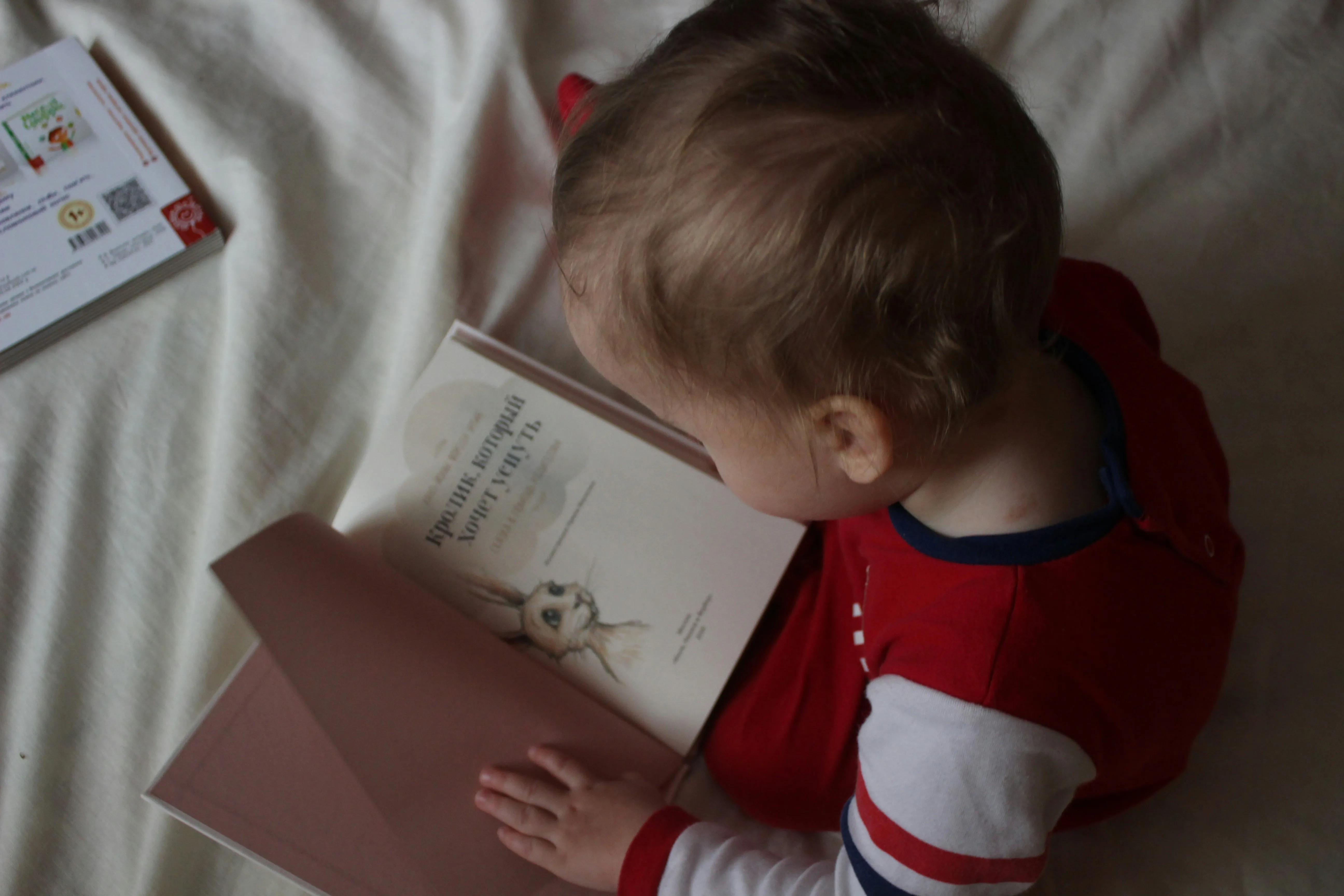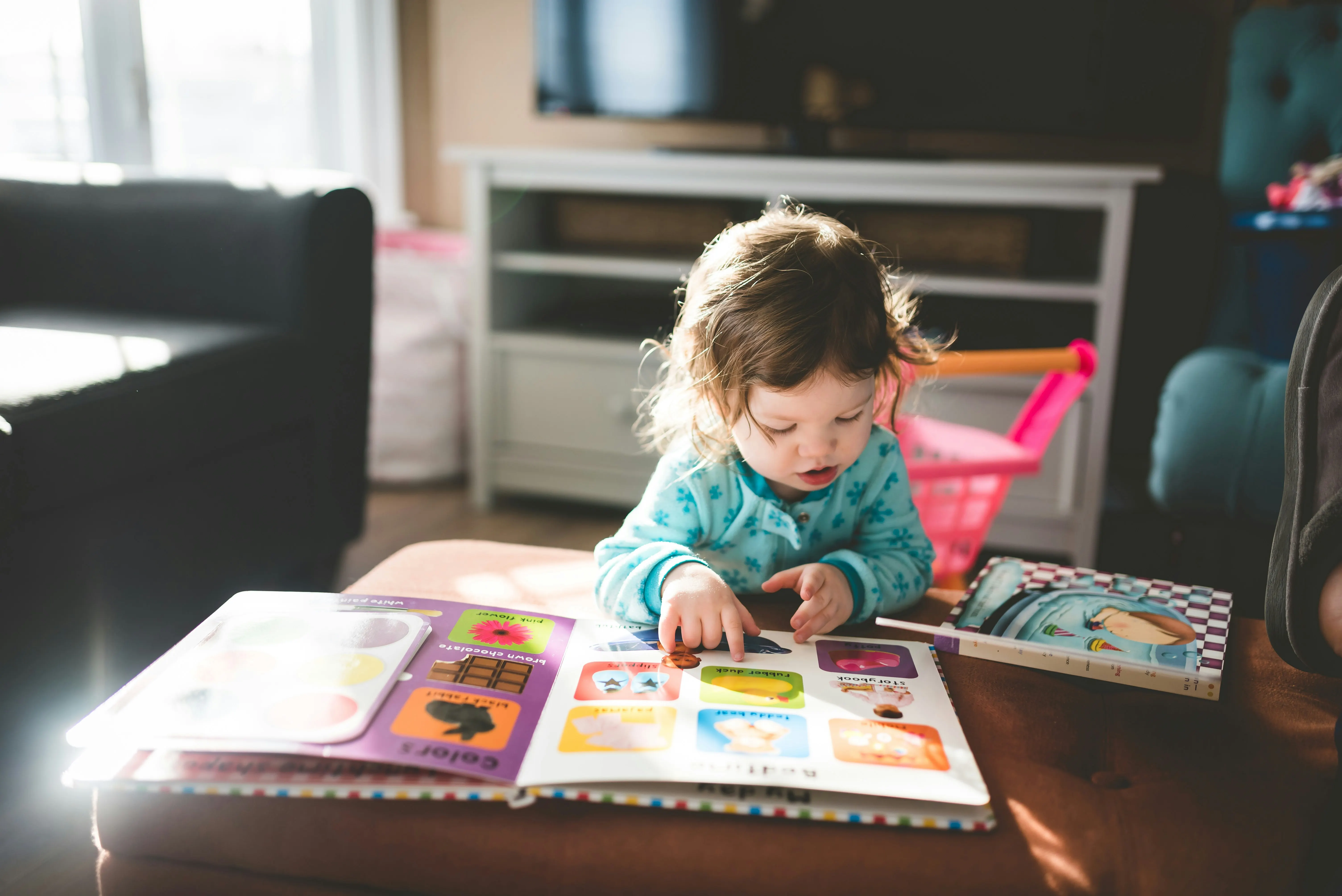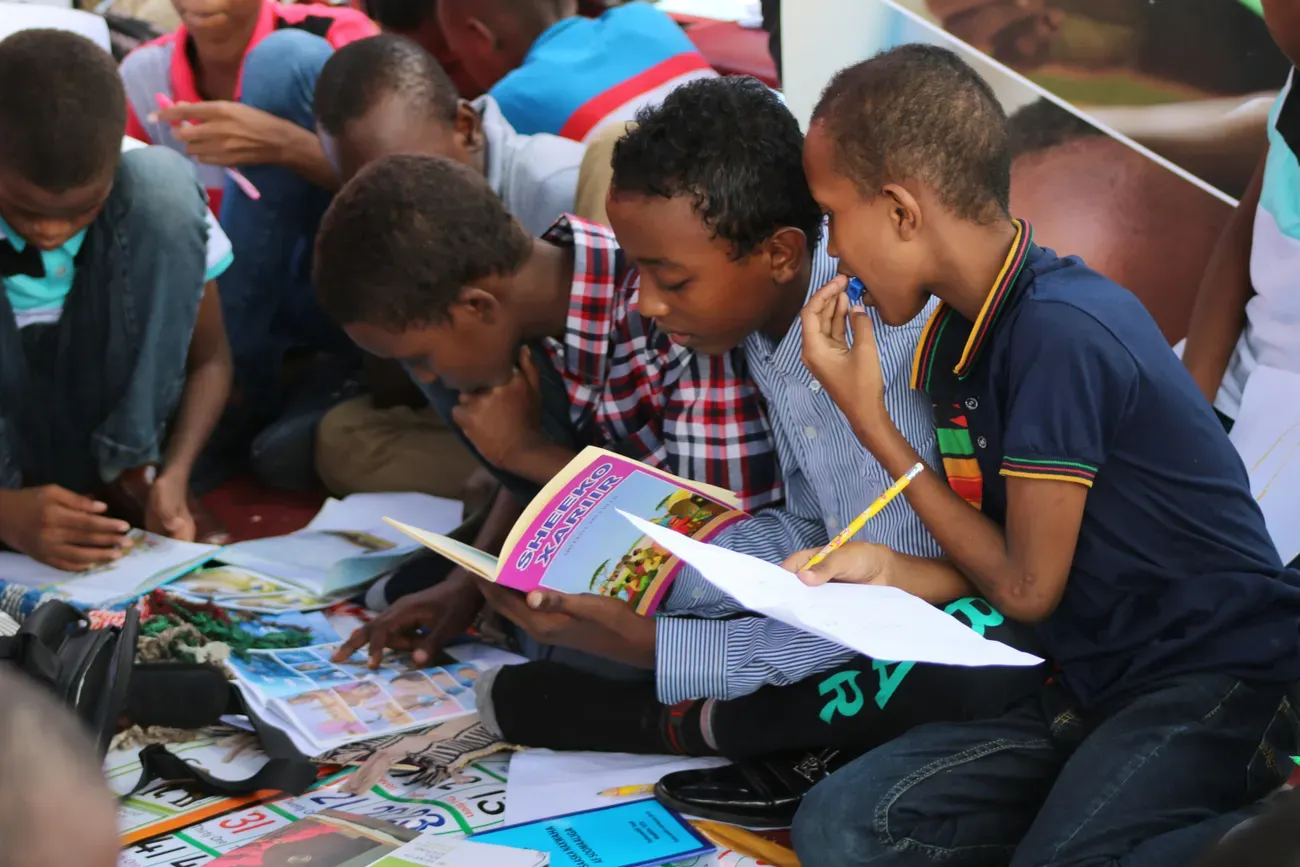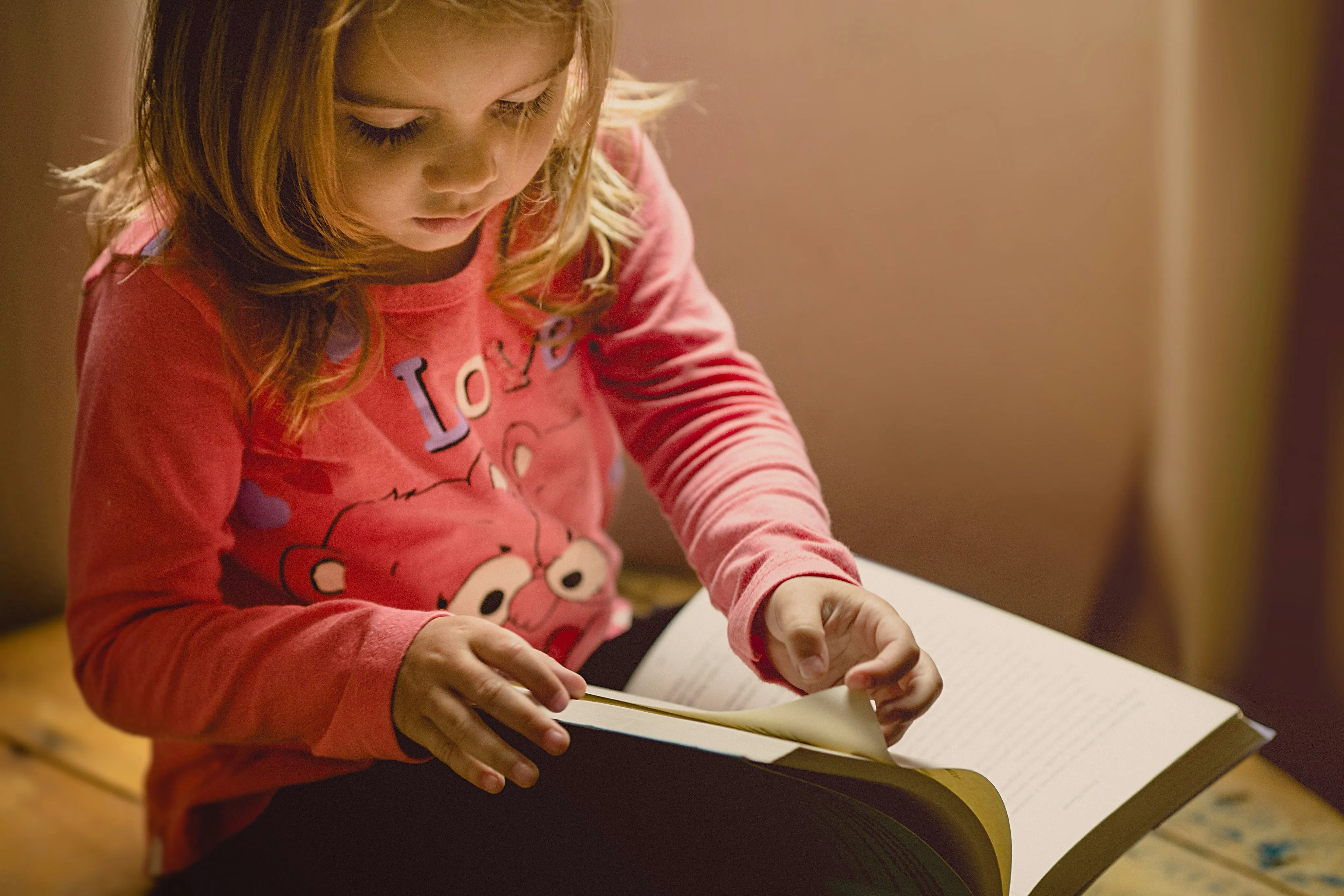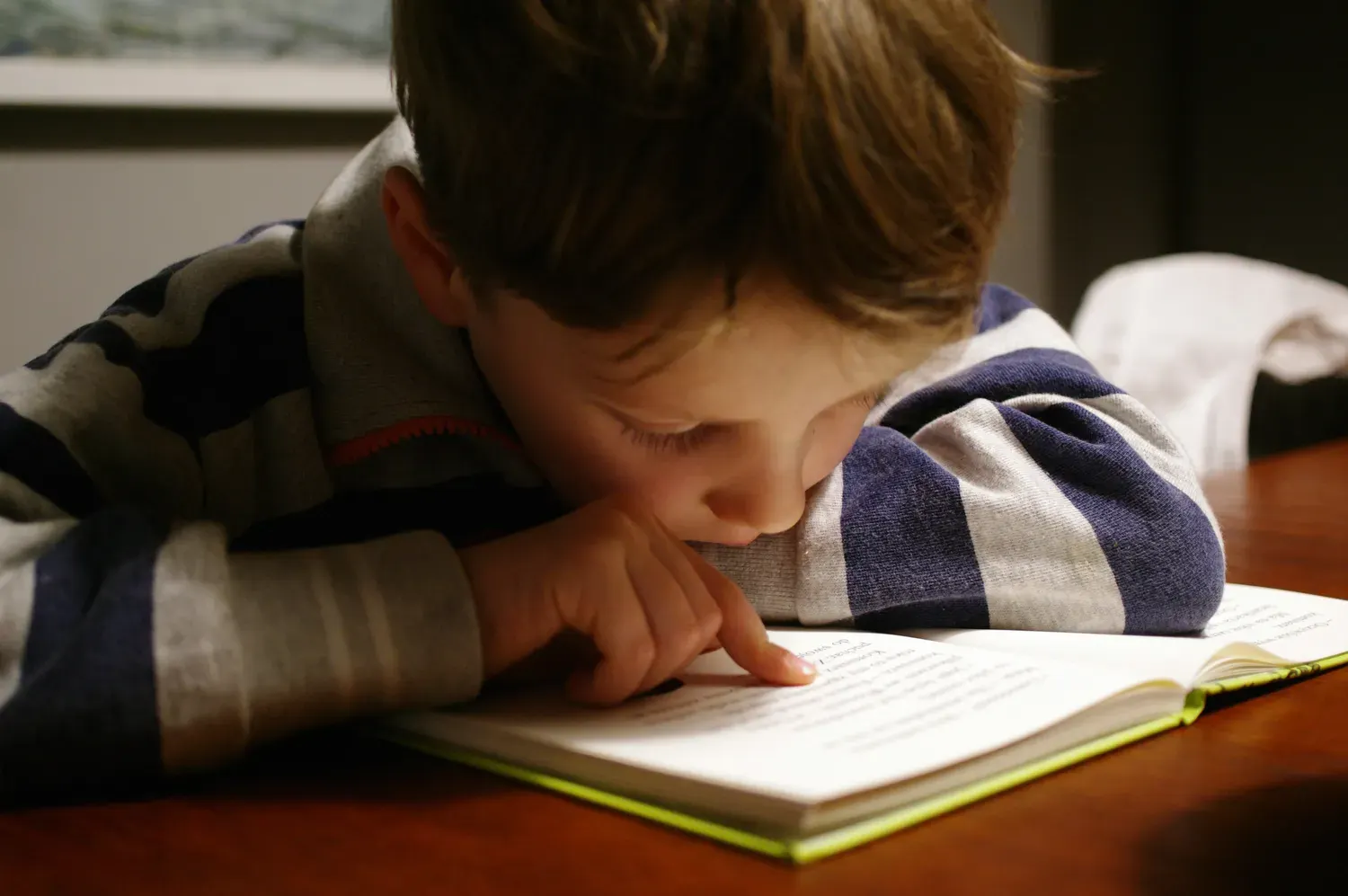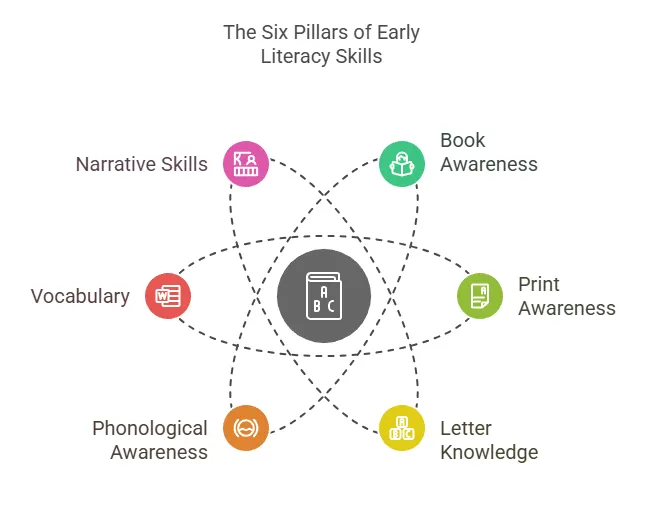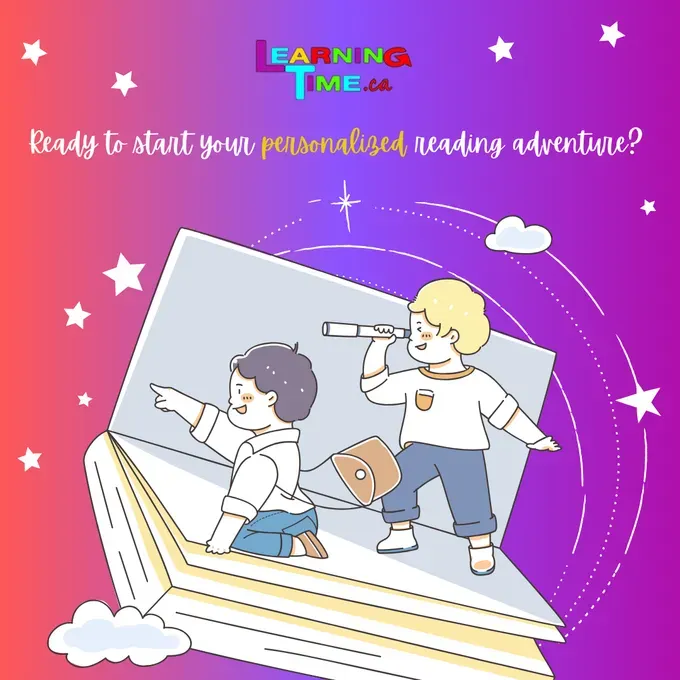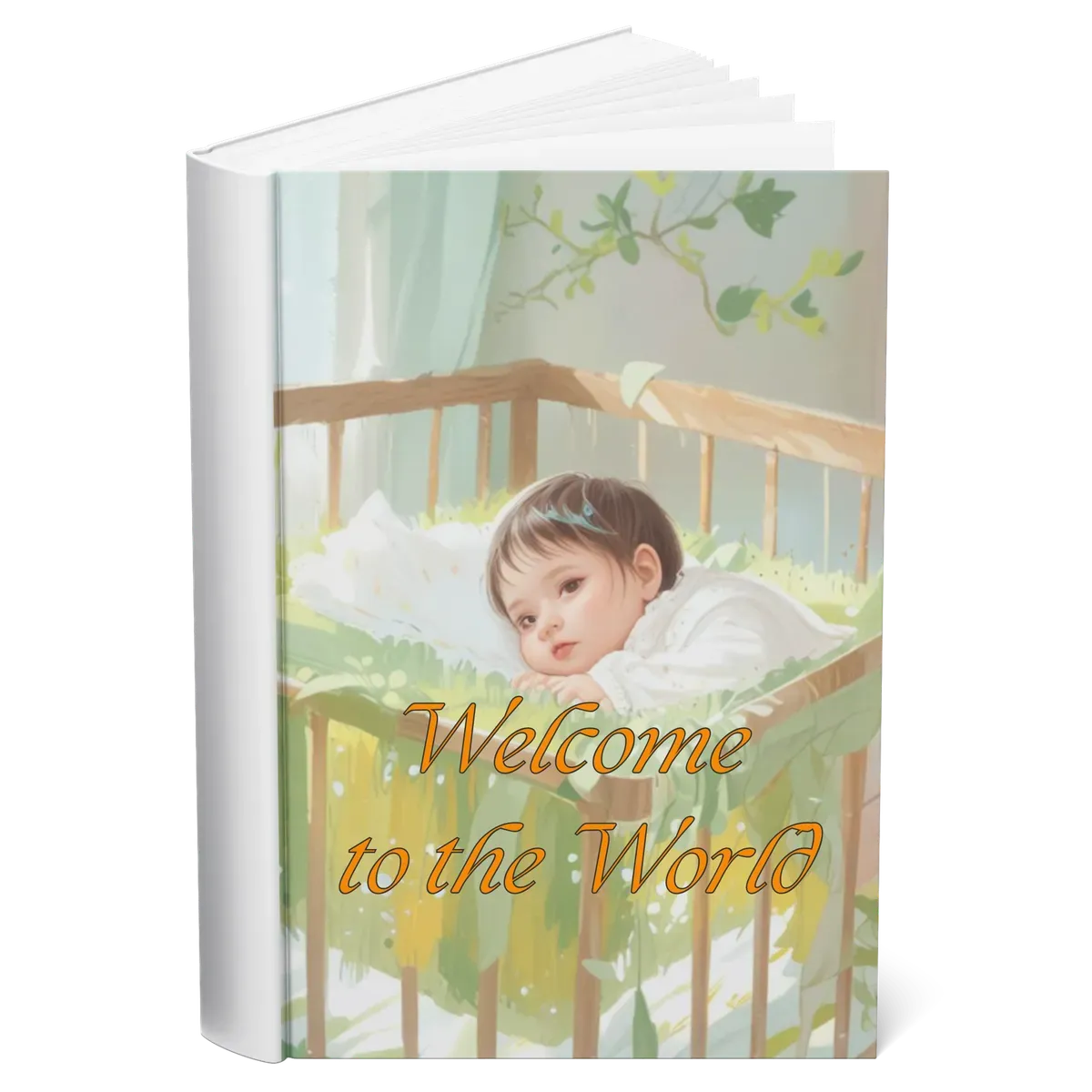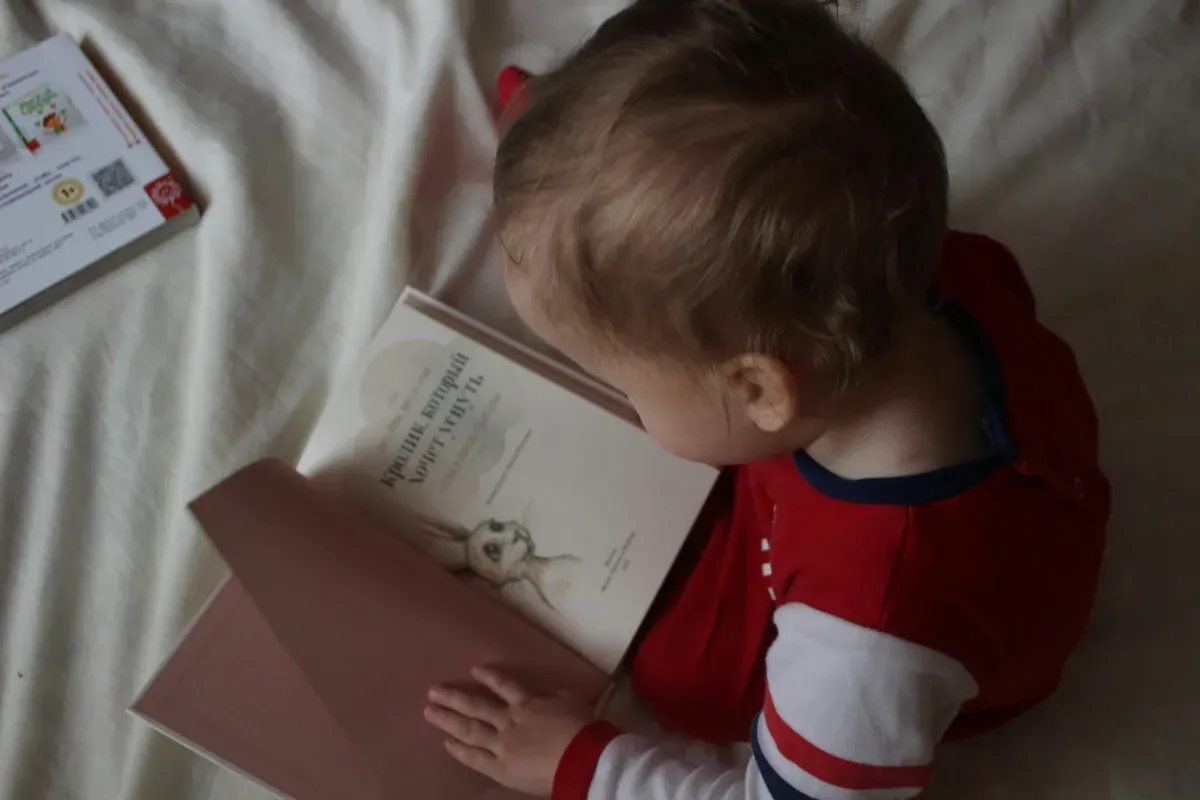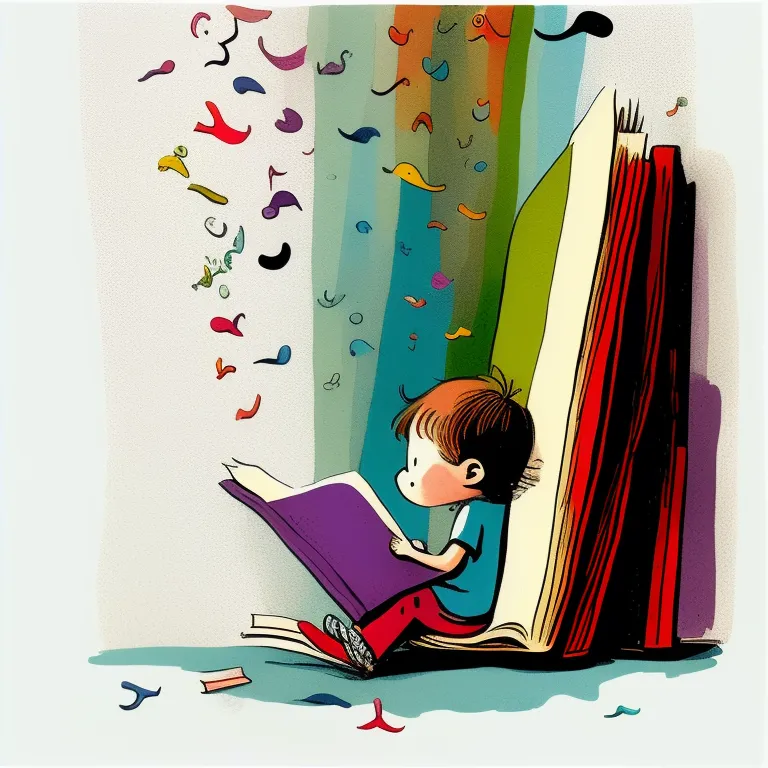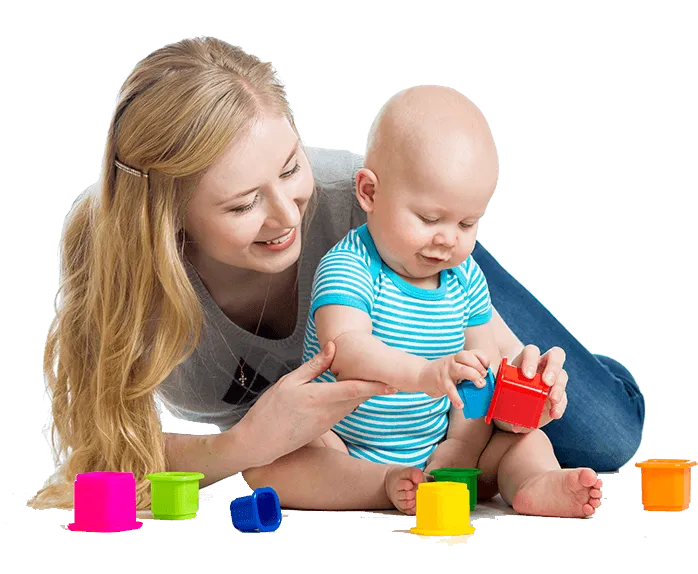Reading Together: Creating a Literature-Rich Environment for Early Cognitive Development
Reading aloud to your child is one of the most powerful gifts you can offer them. Far beyond merely exposing them to words and pictures, shared reading experiences build critical neural connections, establish the foundation for lifelong literacy, and create irreplaceable bonding moments between parent and child.
Research from across Canada consistently confirms that children who are read to regularly develop stronger language skills, enhanced cognitive abilities, and greater academic readiness. For first-time parents in their 30s navigating the important responsibility of shaping their child's early literacy environment, understanding the science and practicalities of reading together can transform everyday book experiences into profound developmental opportunities.
This comprehensive guide explores evidence-based approaches to selecting age-appropriate books, mastering interactive reading techniques, and creating meaningful literacy experiences for your Canadian child from birth through age three. Drawing from Canadian pediatric recommendations, literacy research, and early childhood education practices, we'll help you establish a literature-rich environment that nurtures your child's cognitive, emotional, and social development.
The Science Behind Early Literacy Development
Research consistently demonstrates that early exposure to books and reading has profound impacts on a child's developing brain. This early literacy foundation shapes cognitive pathways that influence learning abilities throughout life.
Neural Pathways and Reading
Reading aloud is remarkably effective at building neural connections because it simultaneously engages multiple brain regions. When your child listens to a story, they process sounds, word meanings, narrative context, and emotional content. This multi-dimensional engagement strengthens existing neural pathways and creates new ones, establishing a robust foundation for future learning.
Canadian research indicates that these early literacy experiences have cumulative effects. The Canadian Paediatric Society notes that "relatively small, day-to-day differences in the child's environment – in this case, how much they are spoken to each day – can have large cumulative effects over the early childhood years". The same principle applies to reading exposure, with consistent reading routines creating substantial developmental advantages over time.
The Language-Rich Advantage
Children exposed to books and stories develop substantially larger vocabularies than their peers with less exposure. By age three, the difference in word recognition and expression can vary more than threefold among otherwise normally developing children. This vocabulary advantage correlates with stronger academic outcomes throughout childhood and adolescence.
The Canadian Paediatric Society emphasizes that these early literacy foundations are established through "serve-and-return" interactions – responsive exchanges between caregivers and children that happen naturally during shared reading experiences. These interactions help children develop not only language skills but also social-emotional capabilities crucial for healthy development.
Starting Your Reading Journey: Birth to 12 Months
Many Canadian parents are surprised to learn that reading can begin from the very first days of life. According to Scholastic Canada's research, 35% of Canadian parents start reading to their children before three months of age, while 70% begin before their child's first birthday.
The Newborn Experience (0-3 months)
Even newborns benefit from exposure to books and reading. At this stage, reading is primarily about:
- Exposing your baby to the rhythm and patterns of language
- Creating a calming routine through your voice
- Establishing positive associations with books and reading time
The Canadian Paediatric Society affirms that early literacy development happens "when adults are reading, speaking, or singing with babies and children, regardless of the language or skill level of the adult. This means you don't need special training or expertise—simply sharing books with your newborn creates valuable literacy experiences.
Developing Interests (4-8 months)
As your baby develops greater visual acuity and attention skills, they'll begin showing more active interest in books.
At this stage:
- Choose durable board books with simple, high-contrast images
- Include books with different textures for tactile exploration
Establish consistent reading routines, perhaps before naps or bedtime
"Reading with your child is not about finishing a book front to back, but about the journey you are sharing," notes the Public Health Agency of Canada. During these early months, focus on making reading enjoyable rather than completing every page.
Interactive Engagement (9-12 months)
By nine months, babies typically become more interactive during reading sessions.
They may:
- Point at pictures
- Make sounds in response to images
- Try to turn pages (often several at once)
- Show clear preferences for favorite books
Scholastic Canada's research shows that 73% of children who are read to weekly actively participate by choosing their books for these reading sessions. Supporting this developing agency around book selection helps foster a positive relationship with reading.
The Toddler Reading Experience: 12-36 Months
The toddler years bring dramatic developments in language and comprehension abilities, making this a particularly rich time for shared reading experiences. During this period, children move from passive listening to active participation in the reading process.
Language Development Through Books (12-24 months)
Between the ages of one and two, children experience remarkable language growth that can be actively supported through reading.
Research shows that:
- Daily reading exposes children to a wider vocabulary than typical conversation
- Interactive reading techniques help children connect words with concepts
- Repeated readings of favorite books reinforce language patterns
According to Canadian literacy specialists, books with emotions can teach about anger and happiness. Books with people interacting can teach about sharing and respect. This demonstrates how reading provides teaching opportunities across multiple developmental domains simultaneously.
Interactive Reading Techniques
Canadian research emphasizes that it's the interaction around reading, not just exposure to text, that creates the greatest developmental benefits. The Canadian Paediatric Society notes, it is the talk that surrounds the reading that gives it power, helping children to bridge what is in the story and their own lives.
Effective interactive reading strategies include:
- Using animated facial expressions and varied voices for different characters
- Asking open-ended questions about the story ("What do you think will happen next?")
- Making connections between the book and your child's experiences
- Allowing your child to "read" familiar parts or complete repetitive phrases
LD@school, a Canadian educational resource, recommends pausing at pre-selected points "to emphasize important ideas and enable students to make in-story predictions," while cautioning against too many interruptions that might disrupt the narrative flow.
Creating Reading Rituals (24-36 months)
By age two, children benefit from established reading routines that create a sense of security and anticipation. These reading rituals might include:
- A special reading spot with comfortable seating
- A regular reading time (often before nap or bedtime)
- A consistent opening ritual ("It's story time!")
- Allowing your child to choose from a selection of books
"Reading brings you closer together," notes the Public Health Agency of Canada. "Reading to your child helps strengthen the bond between the two of you. Talking about what is happening in the story gives you a chance to spend time together, laugh, feel sad, and learn about each other."
Building Your Child's First Library
Creating a thoughtful collection of books is an investment in your child's development. Canadian parents report that having age-appropriate books readily available significantly increases how often they read together with their children.
Selecting Age-Appropriate Books
Different developmental stages call for different types of books:
For babies (0-12 months):
- Sturdy board books that withstand mouthing and handling
- High-contrast black and white images for newborns
- Simple, large pictures of familiar objects
- Books with different textures to engage tactile exploration
For toddlers (12-24 months):
- Books with simple stories and clear illustrations
- Rhyming books that highlight language patterns
- Topic-focused books about familiar experiences (bedtime, meals, play)
- Books featuring daily routines and activities
For older toddlers (24-36 months):
- Books with slightly more complex narratives
- Books that introduce new concepts (numbers, colors, emotions)
- Books that encourage participation (lift-the-flap, questions to answer)
- Books that mirror your child's expanding world and interests
Diverse and Representative Collections
Canadian families represent diverse cultures, languages, and family structures. Creating a library that reflects this diversity helps children develop both self-awareness and appreciation for others.
Consider including:
- Books featuring characters from diverse backgrounds
- Stories that reflect your family's cultural heritage
- Books available in heritage languages for multilingual families
- Books depicting various family structures
Research from the Public Health Agency of Canada confirms that books expand children's horizons, showing "things in the world they may never see, like other countries or people, or machines. This helps stretch your child's imagination.
Budget-Friendly Library Building
Building a quality home library doesn't require a significant financial investment.
Canadian resources include:
- Public libraries (free borrowing and regular story times)
- Book exchanges with other families
- Second-hand bookstores and thrift shops
- Community book drives and giveaways
- Free Little Libraries in many Canadian neighborhoods
A Scholastic Canada survey revealed that Canadian families with the richest home reading environments often combine purchased books with regular library visits, creating a dynamic and constantly refreshed home collection.
Creating a Literature-Rich Environment
Beyond the books themselves, the physical and social environment you create around reading significantly impacts your child's literacy development. Thoughtful organization of both space and time can foster greater engagement with books.
Physical Reading Spaces
Designing inviting reading areas in your home encourages spontaneous book exploration.
Consider including:
- A comfortable, well-lit reading nook with soft seating
- Low, forward-facing bookshelves that display book covers
- A small basket of books in various rooms of your home
- A special book basket for bedtime reading
Canadian early childhood educators recommend making books accessible throughout your home, not just in designated reading areas. Having books available wherever your child spends time increases the likelihood of incorporating reading into daily routines.
Digital and Print Balance
While physical books offer important sensory experiences for young children, digital reading materials can also play a role in literacy development. The Canadian Paediatric Society recommends thoughtful integration of digital reading, noting that video-chatting with family members who read stories can be valuable, particularly for connecting with distant relatives.
For children under 2, limit screen exposure primarily to video chatting. For children 2-3, if you choose to incorporate digital reading, do so as an interactive shared experience rather than passive screen time.
Multilingual Reading Approaches
For Canadian families raising children in multilingual environments, books offer valuable language exposure. Research from Canadian universities has shown that children benefit from hearing stories in all their languages.
Effective approaches include:
- Reading the same book in different languages on different days
- Having different family members read in their strongest languages
- Attending library story times in various languages
- Creating recorded readings by distant family members in heritage languages
Advanced Reading Techniques for Maximum Impact
As your child grows, you can enhance the developmental benefits of reading through advanced techniques that research has shown to be particularly effective.
Dialogic Reading
Dialogic reading—where adults gradually shift from being readers to being listeners, questioners, and audience—has been shown to significantly enhance language development. This approach encourages children to become active participants in the storytelling process.
The Canadian resource LD@school recommends specific questioning techniques:
- Ask open-ended WHAT questions: "What do you see in this picture?"
- Prompt predictions: "What do you think will happen next?"
- Connect to experiences: "Remember when we saw a dog like this one?
Expressive Reading Strategies
The Public Health Agency of Canada suggests several specific techniques to make reading more engaging:
- Use facial expressions to convey emotions
- Employ different voices for various characters
- Vary your tone (loud, soft, high, low) for dramatic effect
- Use hand gestures to enhance the narrative
- Add appropriate sound effects
- Pause for your child to join in with familiar words or phrases
- Personalize stories by substituting your child's name or familiar settings.
These expressive techniques not only maintain your child's interest but also help them understand emotional content and narrative structure.
Related Articles :
How To Tell A Great Story
Unlock Imagination: Personalized Storybook for Baby
Nurturing a Love for Reading: Essential Tips for New Parents
Conclusion: The Gift of Literacy
Establishing early reading routines with your child is one of the most valuable investments you can make in their future. Canadian research consistently confirms that children who are read to regularly develop stronger cognitive abilities, language skills, emotional intelligence, and family bonds. The time you spend together with books creates neural connections, builds vocabulary, and establishes positive associations with reading that can last a lifetime.
Remember that reading together is not about academic achievement or accelerated development—it's about creating meaningful connections, both neurological and emotional. Every page turned together is building your child's brain architecture while simultaneously strengthening your relationship. This dual benefit makes shared reading one of the most powerful tools in your parenting repertoire.
As the Public Health Agency of Canada reminds us, reading with your child is not about finishing a book front to back, but about the journey you are sharing. Embrace this journey with patience, playfulness, and consistency, knowing that you're laying foundations for both literacy and love that will support your child throughout life.
Frequently Asked Questions
When should I start reading to my baby, according to Canadian pediatricians?
The Canadian Paediatric Society recommends beginning to read to your baby from birth. Early exposure to language through reading helps build neural connections essential for language development, even though newborns don't understand the content. According to Scholastic Canada's research, 35% of Canadian parents start reading to their children before three months of age, while 70% begin before their child's first birthday. Starting early establishes positive reading routines and introduces the rhythm and patterns of language during a critical period of brain development.
How often should I read to my toddler to maximize developmental benefits?
Canadian research indicates that reading daily or at least 5-7 times per week provides optimal developmental benefits. Scholastic Canada reports that 65% of Canadian parents with children ages 3-5 read aloud to their children 5-7 days a week. This frequency creates consistency that supports brain development and establishes reading as a valued daily activity. However, the quality of reading interactions matters as much as quantity—even reading 3-4 times weekly with high engagement and interactive techniques provides significant benefits.
What's the best way to read to a child who won't sit still for books?
For active children who struggle to sit through traditional reading sessions, Canadian early childhood specialists recommend adapting your approach rather than forcing stillness. Try reading during natural pauses in play, selecting highly interactive books (lift-the-flap, texture books), reading during mealtimes or bath time, or offering movement breaks between pages. The Public Health Agency of Canada emphasizes that reading doesn't have to be a front-to-back experience—focusing on pictures, discussing just a few pages, or incorporating movement and sound effects can keep energetic children engaged while still providing literacy benefits.
Will reading in multiple languages confuse my child?
No, reading in multiple languages will not confuse your child. Canadian research on bilingual development demonstrates that children can effectively learn multiple languages simultaneously from birth. Exposing children to books in all the languages used in your home strengthens overall language development. According to Canadian researchers, bilingual children develop stronger executive functioning skills and cognitive flexibility. The Canadian Paediatric Society affirms that "early exposure to any language, when spoken at home, can benefit literacy learning in other languages children may encounter.
How can I tell if a book is developmentally appropriate for my child?
Developmentally appropriate books match your child's interests, attention span, and cognitive abilities. For babies 0-12 months, look for durable board books with high-contrast images, simple pictures of familiar objects, and interactive elements like textures. For toddlers 12-24 months, choose books with simple narratives, clear illustrations, and familiar scenarios. For children 24-36 months, select books with slightly more complex stories that introduce new concepts while still maintaining engagement. Canadian child development specialists note that appropriateness is also determined by how you read together—any book can be adapted through selective reading, simplification, or elaboration to match your child's current developmental stage.
Does reading to my child guarantee academic success?
While reading to your child provides tremendous developmental advantages, it's just one factor among many that influences academic outcomes. The Canadian Institute of Child Health emphasizes that early reading contributes significantly to school readiness by building language foundations, fostering attention skills, and creating positive associations with learning. However, a child's overall development is influenced by numerous factors, including health, social-emotional well-being, family circumstances, and educational opportunities. Regular reading creates a strong foundation but works best as part of a comprehensive approach to early childhood development that includes responsive parenting, nutritious food, physical activity, and social interaction.
References
Canadian Paediatric Society. (2021). Read, Speak, Sing: Promoting early literacy in the health care setting.
Hill Strategies Research Inc. (2020). Kids and Family Reading Report: Canadian Edition. Scholastic Canada and YouGov.
Public Health Agency of Canada. (2023). Mind: Encouraging Literacy in Your Child.
Red River College Polytechnic. (2021). How to Implement Interactive Read-Alouds in an Inclusive Classroom.
Scholastic Canada. (2017). Kids and Family Reading Report.
The World Health Organization International Commission on the Social Determinants of Health. (2009). The state of child development in Canada: Are we moving toward, or away from, equity from the start?
YW Calgary. (2023). The Importance of Early Literacy: Why it Matters.
Would you like to explore a specific aspect of early childhood development in more depth? This article is part of a comprehensive series that dives deeper into key topics affecting your child's first three years. Check out our specialized guides to support your parenting journey.
Citations:
- https://ppl-ai-file-upload.s3.amazonaws.com/web/direct-files/7308972/cc93a90e-be73-40b0-b002-dd9f3692e0d7/paste.txt
- https://cps.ca/documents/position/read-speak-sing-promoting-literacy
- https://www.ywcalgary.ca/the-importance-of-early-literacy-why-it-matters
- https://www.scholastic.ca/readingreport/reading-aloud.php
- https://pmc.ncbi.nlm.nih.gov/articles/PMC2807812/
- https://www.ldatschool.ca/wp-content/uploads/2018/06/Read-Aloud.pdf
- https://www.canada.ca/en/public-health/services/publications/healthy-living/encouraging-literacy-child-nobodys-perfect.html
- https://www.allforkids.org/news/blog/the-importance-of-reading-to-your-children/
- https://hillstrategies.com/2020/02/26/kids-and-family-reading-report/
- https://edi-offordcentre.s3.amazonaws.com/uploads/2019/10/Early-Childhood-Development-in-Canada_EN_20190918.pdf
- https://www.hanen.org/information-tips/make-book-reading-a-time-for-conversations
- https://parentscanada.com/sponsored/how-to-make-reading-fun-for-your-school-aged-child/
- https://cccf-fcsge.ca/wp-content/uploads/2020/07/From-Birth...For-Life.pdf
- https://pmc.ncbi.nlm.nih.gov/articles/PMC8547731/
- https://www.canada.ca/en/employment-social-development/programs/early-learning-child-care/reports/2019-defining-measuring-quality.html
- https://schoolweb.tdsb.on.ca/Portals/lillian/docs/parentGuideLit.pdf
- https://bookcentre.ca/pages/growing-literacy
- https://www.epl.ca/blogs/post/nurture-minds-early-literacy/
- https://www.newswire.ca/news-releases/the-scholastic-kids--family-reading-report-canadian-edition-offers-first-ever-insight-into-parents-and-childrens-attitudes-about-books-and-reading-621011903.html
- https://childrensliteracy.ca/cclf/media/PDFs/Deloitte-Report-An-Economic-Overview-of-Children-s-Literacy-in-Canada.pdf
- https://readingeggs.ca/articles/improve-reading-comprehension/

Written with Augmented Intelligence and SHiNER The Human

